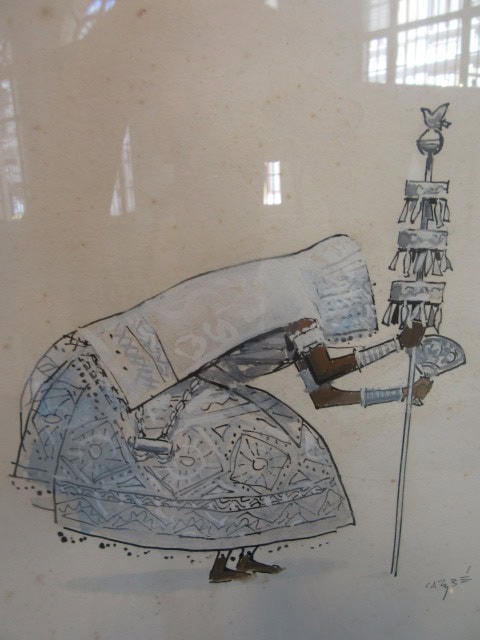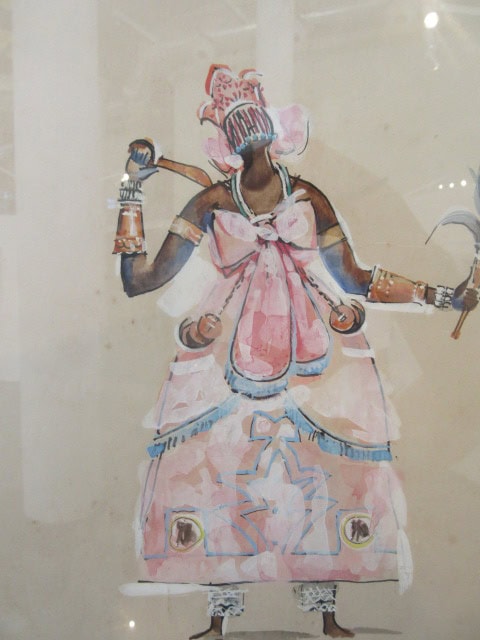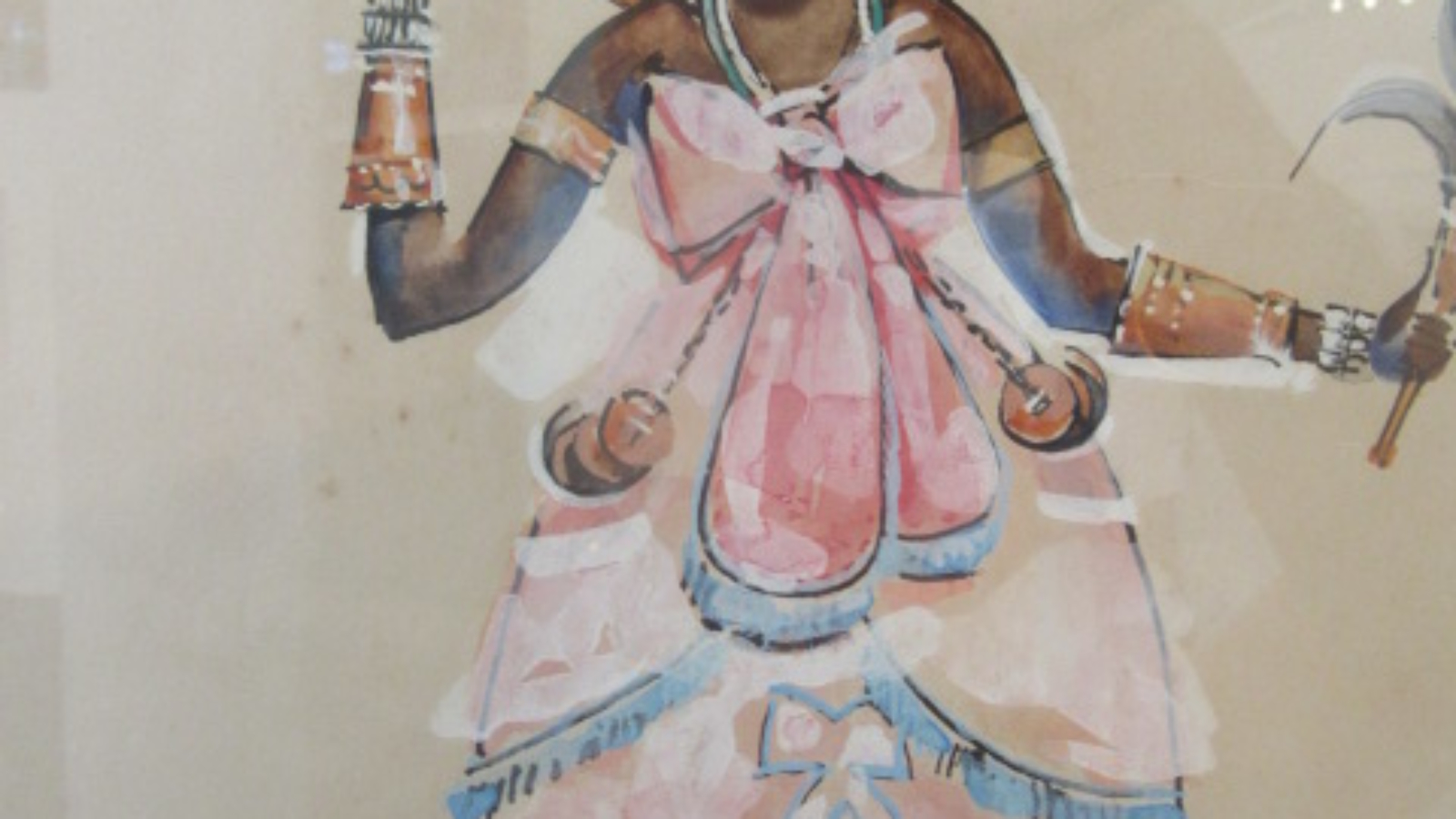The Argentine artist Carybé (1911-1980) left a precious legacy for Brazil: the history of Bahia Candomblé reckoned with colors and art in 128 watercolors. A total of 50 were selected and are part of the show ‘The colors of the Sacred’, open to the public until July 27, in Recife, in the building, also historical, of Caixa Cultural, at ground zero of the city.

The suggestion is to take advantage of both opportunities, visit the exhibition and discover the historical center of Recife, now fully revitalized, including the restoration of Caixa’s headquarters, which housed an English banking company for over 60 years.

Painter, sculptor, illustrator, designers, ceramic artist, historian, researcher and journalist Hector Julio Paride Bernabó, lived and became known as Carybé. Fell in love with Bahia in a visit he made in 1938, “the year that I was definitely caught by its light, its people, its sea and land”, as he once wrote.

The dream of returning to that world which was so fascinating to Carybé made him return in 1950 to never go back. There, he began documenting all African gods that are part of the book “Iconography of African Gods in Candomblé of Bahia “. It is an invaluable research for Brazilian history.

“This work only pretends to be an honest and accurate documentary about Candomblé things . There are drawings from 1950 to this year of 1980 showing parties, costumes, symbols and ceremonies for me seen and experienced in this wonderful world that slaves brought in and placed deep in the heart of Bahia. World lovingly nurtured by Iyalorixás and by Babalorixás, world of modest and humans gods who still face two terrible and voracious contemporary Gods: Science and Progress. “That was the presentation text written by the artist himself to present his work.



Add a Comment